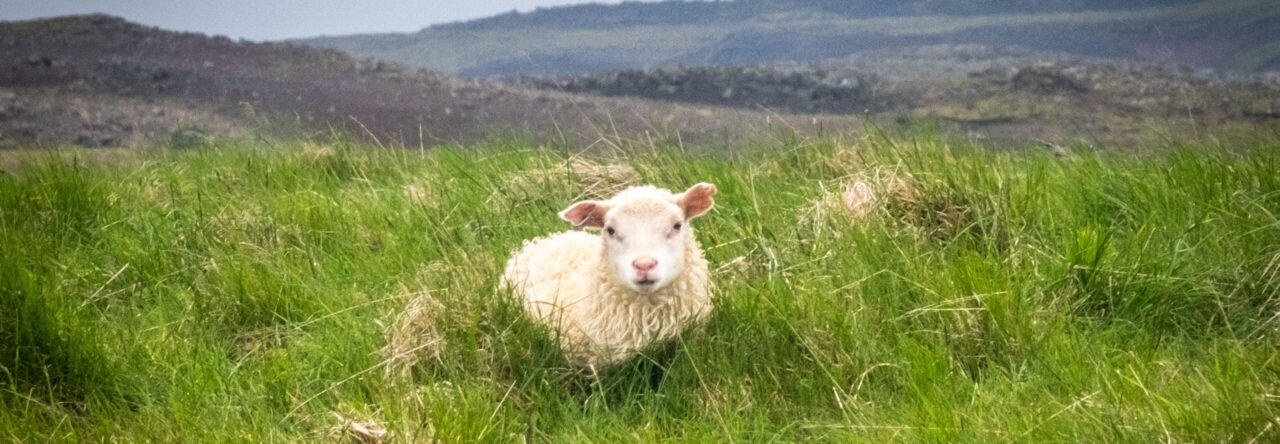
Inspiration from this post came from Episode 6 of our podcast. Listen to it here!
Some of the links below are affiliate links and as such, I earn a small commission from purchases that allow me to continue telling you my stories without costing you anything extra.
As travel bloggers, we’re often asked how we manage to travel so frequently while still getting work done. The truth is, with some strategic planning and the right tools, working remotely from almost anywhere in the world is possible. On our latest adventure through Europe, we put our digital nomad skills to the test – and today, we’re telling you how we did it.
From tapping into time zone differences to finding the ideal workspace, join us as we dive into the heart of combining work and wanderlust. Get ready to be inspired to embrace the remote lifestyle and take your office off the beaten path.

One of our top tips for working on the road? Use time differences to your advantage. When heading west to mountain time, Chris was able to start his workday bright and early, wrapping up by mid-afternoon. This allowed us to fully immerse ourselves in exploring destinations like the Black Hills in the evening hours when most of the crowds had departed.
Heading east provides its perks too. In Europe last summer, we found ourselves with crowd-free mornings to wander cobblestone streets before Chris clocked in. With a 5-6 hour time difference, he could work until the late evening hours just in time for a leisurely European dinner.

Of course, making remote work a success requires careful coordination with your employer. Before any big trips, Chris makes a point to arrange his schedule around our travel plans as much as possible. This ensures he can be fully present for meetings and deadlines while still leaving room for epic adventures.
It’s also crucial to build in breaks that allow you to actually experience your surroundings. For Chris, this means taking short walks every few hours – whether it’s strolling to the beach in Traverse City, grabbing coffee in Custer, or simply stepping out on the balcony to soak in views of the Douro River in Porto.

Where you stay can make or break the remote work experience. When traveling together, we prioritize accommodations with dedicated workspaces separated from the main living area. This ensures I’m not inadvertently photo-bombing Chris’s video calls!
One standout was the Roosevelt Inn & Suites in North Dakota, which featured full kitchens and separate living rooms – the perfect set up for Chris to work uninterrupted. Other stellar options are extended-stay hotels like Country Inns & Suites with living room alcoves. Check out TripAdvisor.com to find your perfect home base for remote work!
Don’t forget to check reviews and listings for bandwidth speeds too. While Chris doesn’t need ultra-high internet for his daily tasks, a stable connection is crucial for video meetings and large file transfers.

Just like packing his favorite travel gear, Chris is selective about the tech equipment he brings when we travel. A few must-haves? A lightweight laptop with long battery life and a portable second screen solution like a trifold monitor or an iPad that can double as a secondary display.
A travel router with VPN capabilities to keep his online activities secure across public networks is a must. This proved invaluable during our transatlantic cruise when we could share a premium internet package across devices. Having multiple cellular data options through different carriers ensures Chris has the power and connectivity to work from anywhere that has cell signal. Don’t forget, international power adapters are a must when traveling overseas.

Speaking of cruising, our recent transatlantic voyage allowed us to truly test the limits of remote work at sea. While the ship’s traditional satellite internet proved challenging for video calls and large file transfers, Chris was able to participate in meetings by calling in using a VoIP service.
He also got resourceful by remoting into a cloud server when bandwidth was too low for uploading and downloading files directly. This allowed work to progress smoothly, even in the middle of the Atlantic with zero cell signal.
For the best connectivity, cruise lines are rapidly rolling out SpaceX’s Starlink internet which provides higher speeds and reliability. Chris experienced the benefits first-hand on a previous cruise and can’t recommend it enough for aspiring cruise-working digital nomads.

More than any specific strategy or gear, the most important element of working remotely is the right mindset. It requires flexibility, creative problem-solving, and a willingness to adapt to different environments – but the payoff is worth it.
As Chris says, “I want people to know that I can do my job wherever I am.” With thoughtful planning and a bit of tech-savvy, you too can embrace the nomadic lifestyle.
Thanks for stopping by! Check out our NEW Go See Do Explore Podcast, available wherever you listen to podcasts. To read about some of our previous trips, visit my Trips Page. If you like my photos be sure to “like” my Facebook Page and follow me on Instagram! For my list of gadgets to make your travels easier, click here. To see inside my camera bag, check out my Gear Page.
Pin this:



Leave a Reply